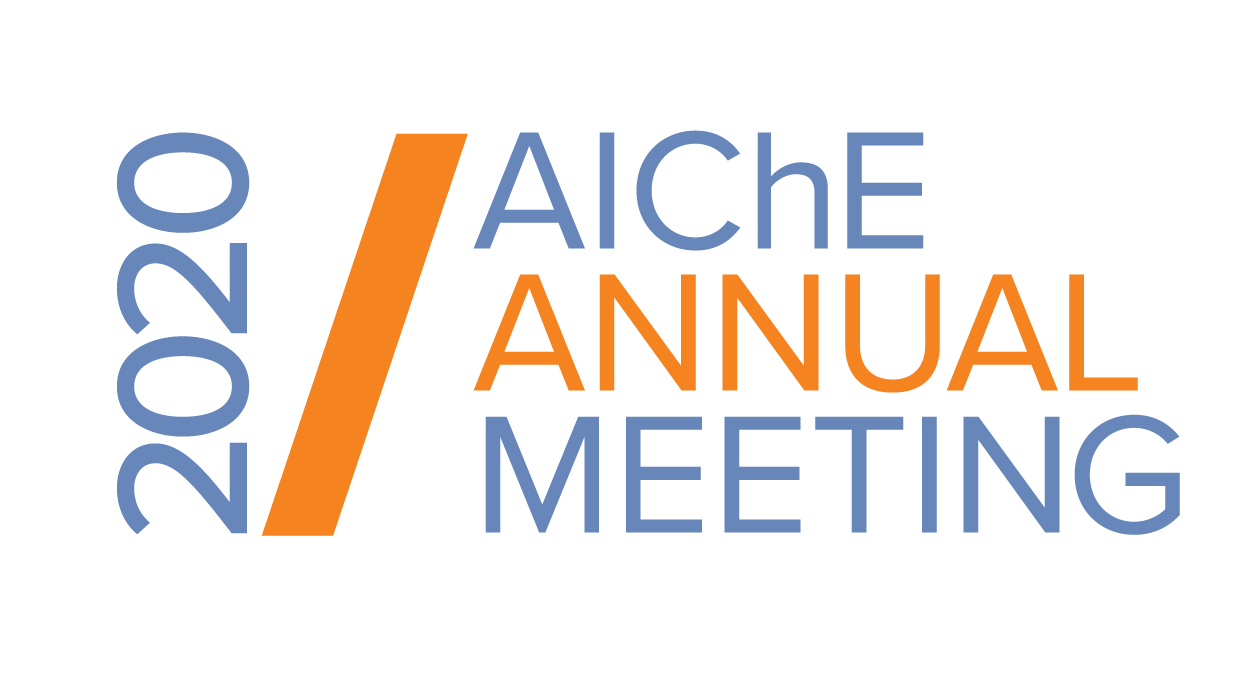

Hydrogels are attractive choices of biomaterials for serving as artificial 3D cell niche given their injectability, ease for minimally invasive delivery, as well as tunable chemical and physical properties. In this talk, I will share two examples of our recent work on developing novel hydrogels with unique properties to enhance stem cell differentiation and musculoskeletal tissue regeneration. Using physically-crosslinked alginate hydrogels, it has been reported that molecular mobility combined with viscoelasticity modulates stem cell differentiation. However, one key limitation of the existing hydrogel tools is the inability to decouple changes in viscoelasticity from molecular mobility. As such, how tuning molecular mobility alone modulate stem cell fates in 3D remains unknown. In the first example, I will share our work on developing novel sliding hydrogels that allows crosslinks and biochemical ligands to slide along the hydrogel backbone, enabling encapsulating cells to “zipline†crosslinks and ligands in 3D with independently tunable molecular mobility. Our results validate molecular mobility as a novel parameter in biomaterials design to accelerate stem cell differentiation towards multiple lineages, with improved tissue structures and functions. In the second example, I will share a “lego-likeâ€, microribbon (μRB)-based hydrogels platform recently invented by our group. Conventional hydrogels are often mechanically weak, and lack macroporosity desirable for cell and tissue growth. To overcome these limitations, we developed a novel two-step fabrication process that involves first wet-spinning hydrogels into μRB-like structures, which can further photocrosslink into a 3D macroporous scaffolds. The combination of injectability and macroporosity is especially useful for repairing large tissue defects with clinically relevant dimensions in a minimally invasive manner. The biochemical and physical properties of μRBs can be independently tuned to promote desirable cell phenotype and tissue responses. We further developed in situ drug delivery components that support tunable drug delivery from these μRB scaffolds to promote tissue regeneration in vivo. Compared to conventional hydrogels, μRB-based hydrogels substantially accelerate MSC differentiation and new tissue deposition in vitro and in vivo for repairing various tissues including cartilage and bone with much faster restoration of tissue load-bearing functions. In summary, the sliding hydrogels and μRB-based hydrogels offer novel injectable biomaterials for cell delivery, and are attractive scaffold choices to enhance regeneration of various tissue types.
Acknowledgements: The authors would like to thank NIH R01DE024772, NIH 1R01AR074502, Stanford coulter translational grant, Stanford bio-X IIP seed grant, and Stanford SPARK program for funding.
Presenter(s)
Once the content has been viewed and you have attested to it, you will be able to download and print a certificate for PDH credits.
If you have already viewed this content,
please click here
to login.
